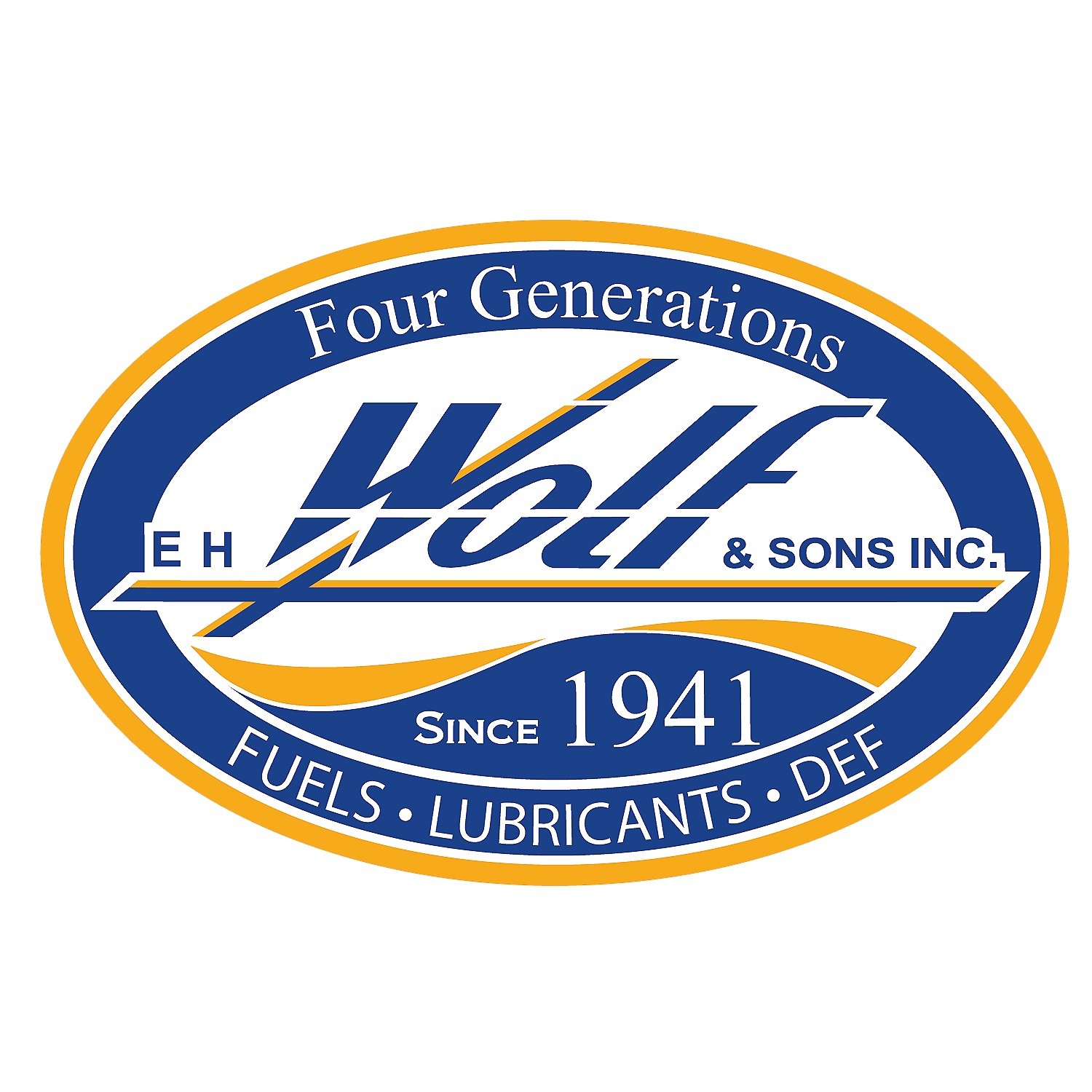Synthetic Oil or Mineral Oil? How to Make the Right Choice
Up until the 1850s, mineral oil was considered a nuisance, seeping into wells or other forms of drinking water. Its main use was as an insect repellent or for homemade medicinal remedies. Mainstream commercialization of mineral oil came about because of James Curtis Booth of the Franklin Institute in Philadelphia. He performed some simple chemical analysis of “rock oil” and discovered that it could be distilled for lighting oil and other uses similar to whale blubber.
Suddenly, all the oil literally laying around the country could be put to use. “Carbon oil” vs. whale blubber was the first battle for dominance of the lubricant market, with mineral oil ending up on top due to its abundance and relative ease of production compared to hunting whales on the open ocean.
In the last few decades, the debate has moved to mineral oil vs synthetic. The general conventional processes involved for mineral oil are still the same, though technology has advanced to allow for much better separation of crude sources and quality.
But an even higher grade of lubricating oil can be obtained from catalytically synthesizing gaseous hydrocarbons. In short, mineral oil is typically cheaper but lower quality compared to synthetic. And while that is the summary of the difference between the two formulations there are a variety of factors to consider for use in any given piece of equipment.
Oil Classifications
The American Petroleum Institute developed a simple classification system for lubricant base stocks. Groups I, II and III are generally derived from crude oil. Group I is solvent-refined and comes from more traditional solvent refining techniques. Group II is hydroprocessed and has properties similar to Group III except for having a lower Viscosity Index. Group III is for more waxy feeds.
Commercially speaking, highly refined Group III oils most resemble synthetics as far as molecular makeup of the finished process. Group IV is for all polyalphaolefins and are all synthetic. Most synthetic oils will fit into Group IV, and in fact it is the most extensively used group in industry. Group V embraces all base stocks not included in the first four groups.
There are some mineral oils in Group V (specifically naphthenics) but more synthetics than anything else. Group V will contain a lot of specialty use oils with highly prized properties, such as fire resistance, environmentally acceptable, radiation resistant, and even low varnish forming potential.
Identifying the proper base group to use is important as the base stock will make up 70-99 percent of finished lubricants used in engines or other industrial equipment. The performance of a finished lubricant will come primarily from the base stock and while additives can help stabilize or improve certain characteristics, the primary influence will come from which base oil was used.
Chemical Makeup
Crude oil is made up of a variety of hydrocarbon chains. Different processes will yield different amounts of each type of molecule chain, but all will typically be present as all are naturally occurring in mineral oil. The synthetic manufacturing process allows for only the desirable molecule chains to be created. As different chains have different performance properties, it is vital to select as a base stock an oil whose principle characteristics most closely aligned with the desired use.
If a machine required a lubricant with great viscosity index and oxidation properties, a synthetic manufacturing process could be used to make a practically pure Isoparaffin batch or crude oil could be refined to eliminate or transform as many non-paraffin or non-Isoparaffin molecule chains as possible. Additionally, with the synthetic manufacturing process, a higher rate of having the Isoparaffin molecule chain form exactly so would occur.
Limitations for Both Types
There are several performance advantages inherent in using synthetic lubricants, chief of which are extended service life and wider temperature band for normal operations. The temperature band also allows for low-temperature startups and higher temperature stability, including fire resistance. The main limiting property of a synthetic lubricant is how easily they can degrade when used with improper care. For example, in an environment where rust or small metal particles may be present, a synthetic lubricant will suffer. The molecular makeup is so pure there’s no “free radical” molecules to grab these contaminants.
Likewise, there are limitations in using mineral based lubricants. The impurities can lead to a build-up of waxes, varnish, or sludge from n-paraffin chains forming in undesirable ways. Similarly, they are susceptible to failure at higher temperatures where oxidation is more likely to occur, again potentially creating sludge or acid. Additionally, at high temperatures the viscosity will drop dramatically, thinning out the lubricant boundary layer.
When to Use Mineral or Synthetic
In the end, there is no one-size-fits-all solution for using mineral or synthetic. Yes, mineral oil is cheaper and synthetic oil typically has better performance overall. The key question to ask really is task-based: What is the lubricant being used for? What are the operating conditions for the lubricant? What is the maintenance or contamination history of the equipment being lubricated? What storage and handling options are available for these lubricants prior to being used?
When considering which oil to use from a system/usage-based viewpoint, you’ll quickly find that it’s not a question of synthetic vs. mineral, but of practical application and having a holistic outlook on lubrication processes that allows you, your equipment, and your oils and greases to excel.

